This post may contain affiliate links. Read more at our disclosure policy.
Reverse Sear is simply THE BEST way to cook a steak. This method combines both low and slow on a smoker and hot and fast on a grill or cast iron pan to get the perfect balance of tenderness and flavor crust. This detailed guide walks through everything you need to know about how to reverse sear any meat.
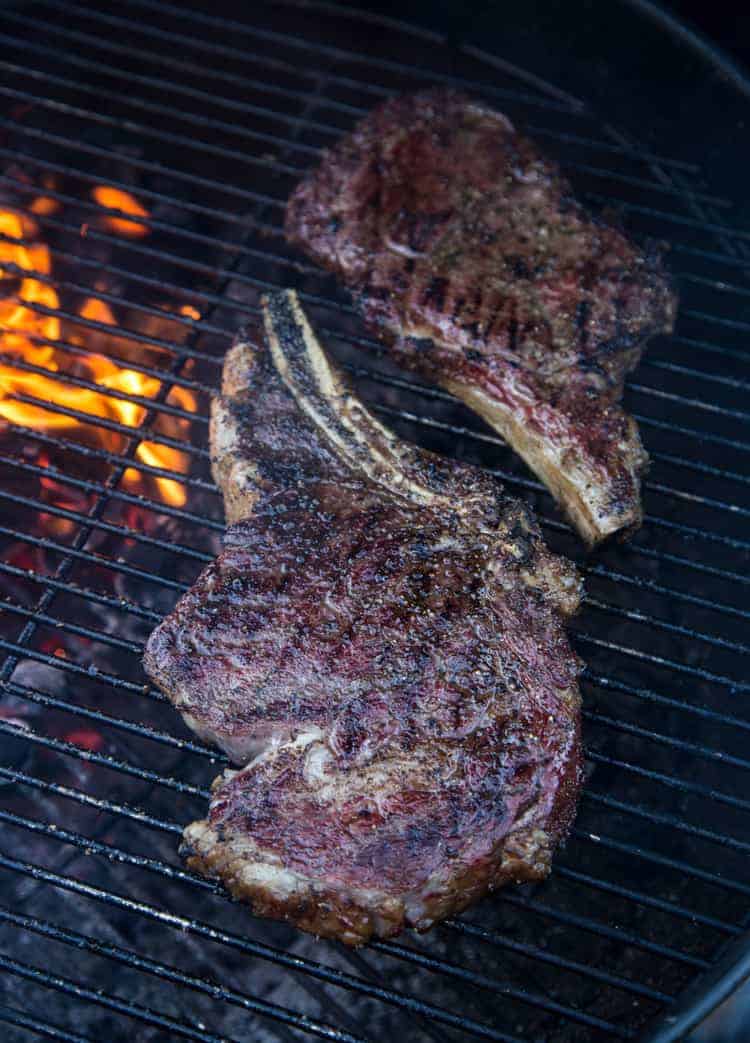
Whenever someone asks what our favorite way to cook is when we’re at a cooking event or live demo, the answer is the same every time. It’s reverse searing. And many ask us what exactly that means. And our response is simple – it’s the best way to impress your friends with the most flavorful meat you have ever cooked.
Table of Contents
What is Reverse Sear?
Reverse Sear is a method of cooking meat by smoking it first low and slow, followed by finishing the meat using direct grilling until the meat reaches your desired finishing temperature.
The method is adapted from restaurants where typically the chef will start a steak in a pan over high heat, to get the initial sear, and then finish in the oven (at a lower temperature) until the meat is done.
Hence why the method is called “reverse sear,” as it’s essentially the opposite way they are cooked in a typical restaurant and more similar to a sous vide method of cooking.
Why It Works
- By starting at a lower temperature, you are slowly bringing up the internal temperature of a steak, creating a tender bite with a smoky flavor.
- It minimizes any resting period for carry-over cooking due to cooking at a lower temperature.
- The smoke flavor is infused with the meat like an additional ingredient for more flavor than just grilling over charcoal or gas.
- It works on any protein from chicken to steak but is best with thicker cuts.
Ingredients
- Steak – Look for thick-cut steaks, at least 1-1/2 inches thick. Our favorite steaks for reverse searing are ribeye, strip steak, and picanha. It can also work with chicken breasts, thighs or legs, and even thick pork chops.
- Seasoning – Use your favorite seasoning with some type of salt in it.
- Butter or Oil (Optional) – If you plan to sear on the stovetop – then add butter or olive oil to the hot pan to improve the browning in the pan.
Chef’s Tip
Thicker cuts of meat do better for reverse searing. When buying cuts, from steak to pork, we recommend at least 1-1/2 to 2-inch thick cuts. This allows for optimal flavor and helps to avoid overcooking.
Seasoning
When it comes to seasoning, it’s best to season up to 24 hours before you start smoking the meat. This dry brining process helps infuse flavor into the meat from the salt and helps with forming the crust. For more crust, season overnight uncovered.
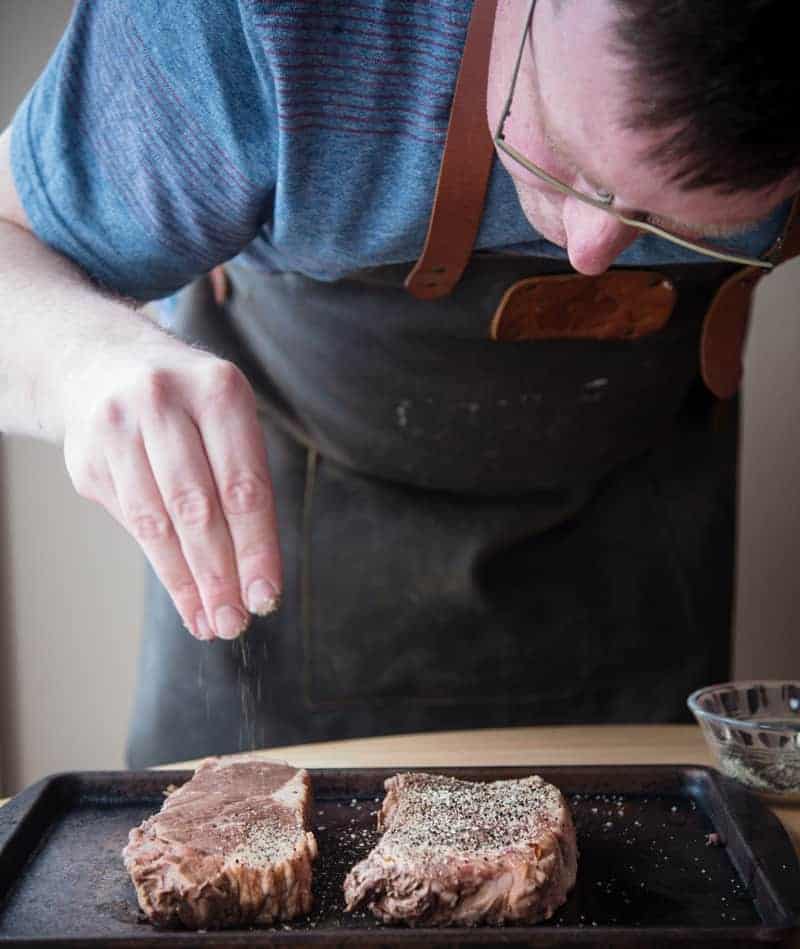
We like to use a simple SPG Seasoning (or kosher salt, coarse black pepper, and granulated garlic) or you can explore any of our homemade dry rubs.
When brining in advance, we don’t use a binder like oil so we can allow the seasoning to work its way into the meat. If you are seasoning right before smoking, then use a small amount of olive oil as a binder.
How to Reverse Sear
This is the best way to cook a steak. We don’t say that lightly and we know that simply grilling a steak is great. But when you add the smoke element it truly elevates the flavor. The steps to get the best steak in the reverse sear method are as follows:
- Season – Season the meat first. Ideally 24 hours before cooking. Season liberally.
- Smoke – Prepare your smoker using your favorite woods. We like fruit woods for the sweeter flavor. Target between 225 and 250 degrees Fahrenheit. Smoke until the internal temperature of the steak reaches 10 degrees lower than your target temperature. For us, that’s rare, so we pull the meat from the smoker when it reaches between 110 – 115 degrees F. Set aside.
- Sear – Remove the steak from the smoker, and use a high heat source to finish the meat. This can be either the grill or a cast iron pan. It’s OK to let the steak rest while the pan or grill comes up to the high heat temperature. If using a grill get it to 450 degrees Fahrenheit using direct heat to get a proper sear. Sear the steak on both sides until it comes up to your desired finishing temperature. For our rare steak, it will come up an additional 10 degrees or so, to around 120-125 degrees F.
- Rest – Even though reverse searing minimizes the need for resting, it’s still good to allow the steak to rest for 5 – 10 minutes on a cutting board before slicing.
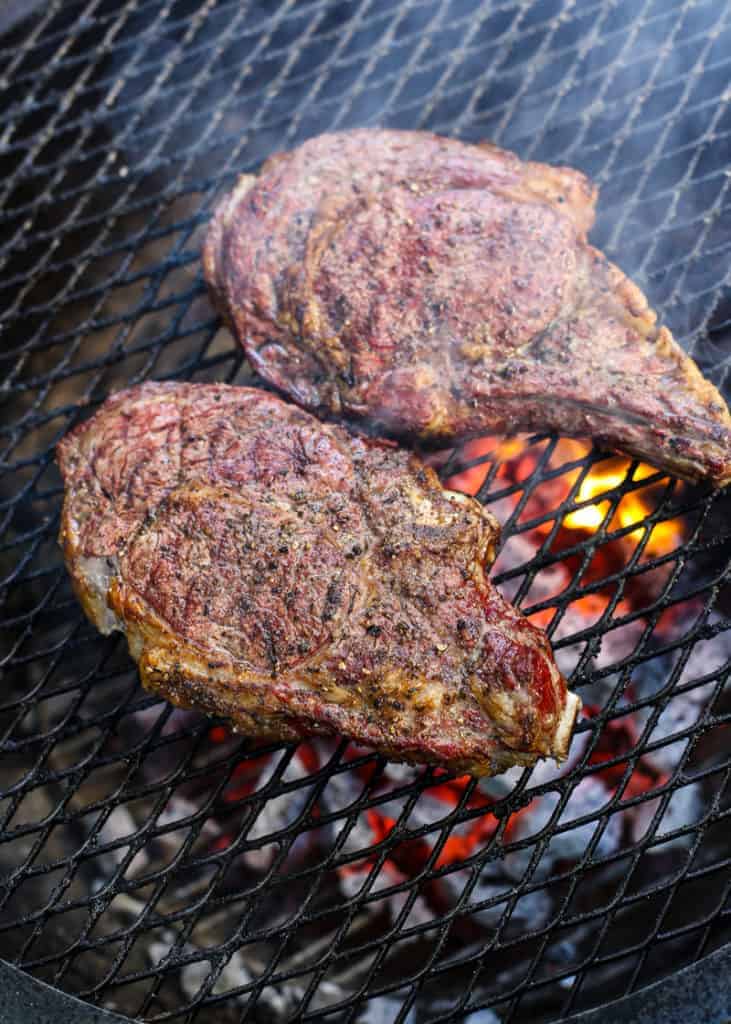
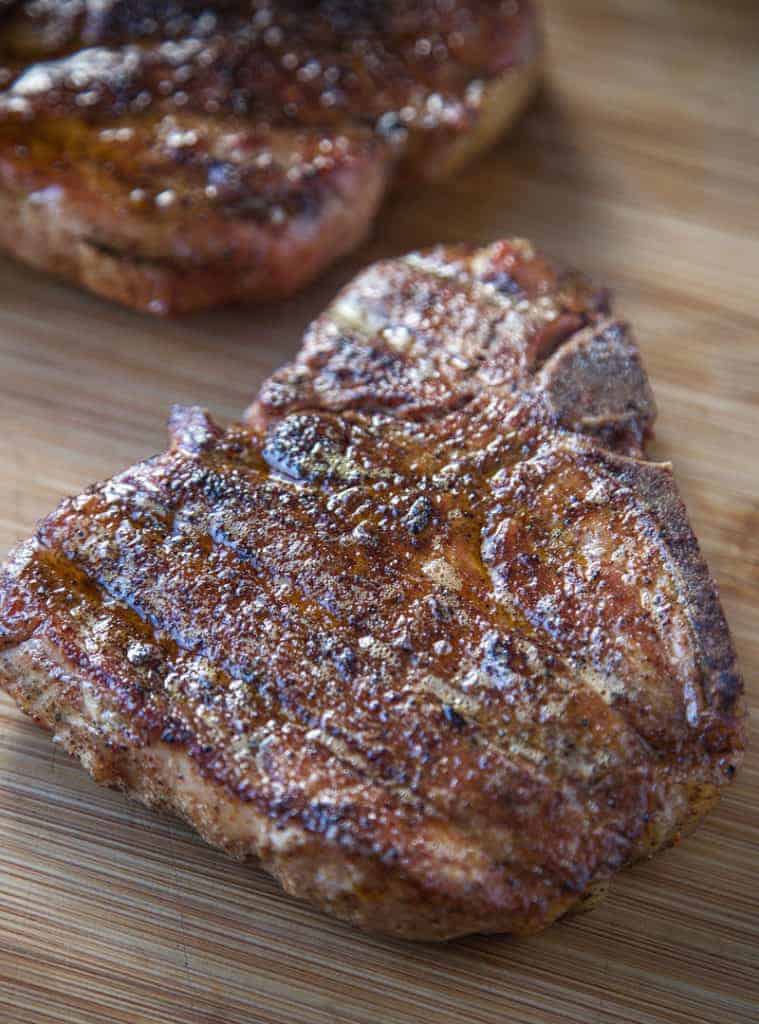
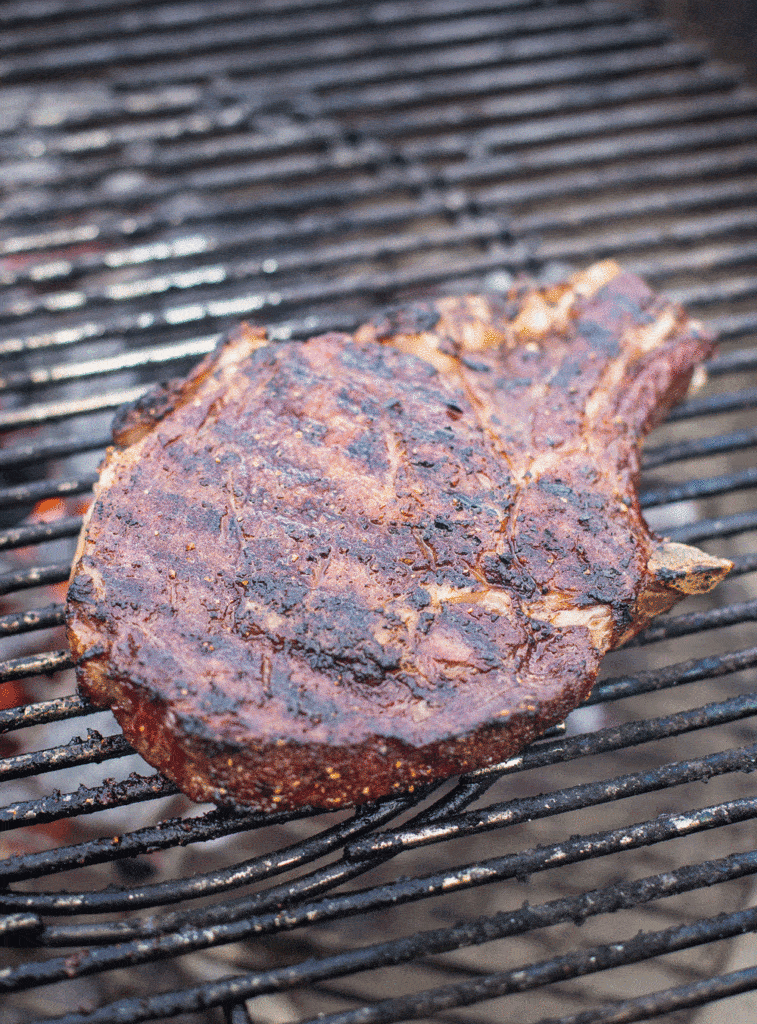
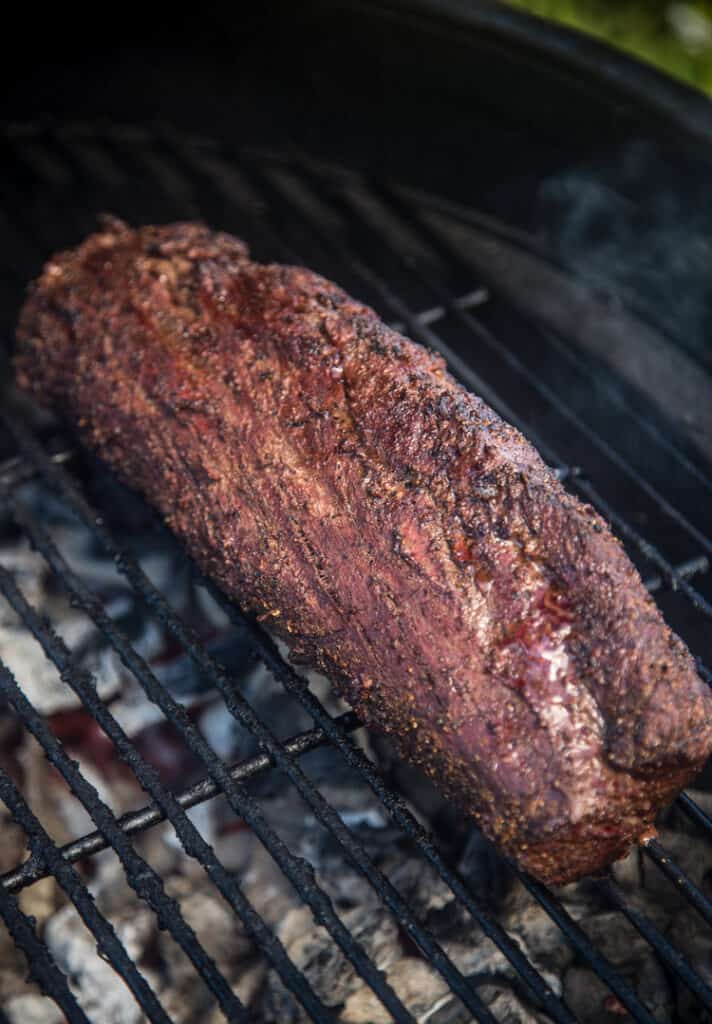
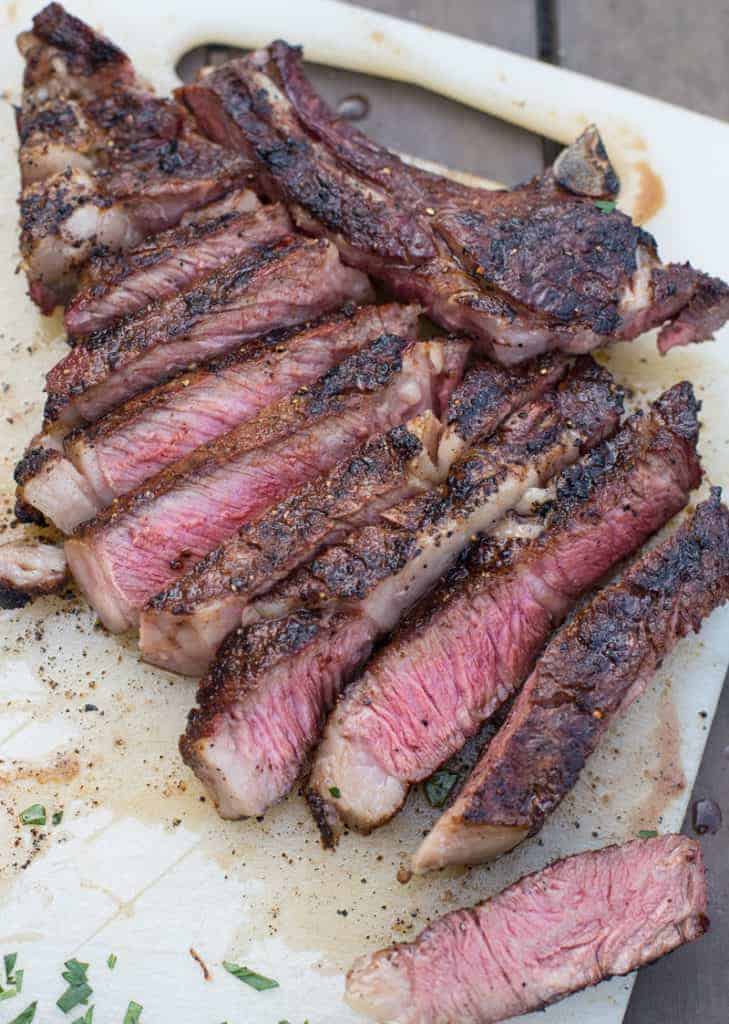
We recommend using a good instant-read thermometer when reverse searing. This makes sure you are always cooking the perfect steak. We recommend the Thermapen from Thermoworks, or the ThermoPop for a less expensive option.
For really thick steaks you can use a leave-in thermometer like the Smoke Unit which we do when we are smoking several steaks.
Gas Grill Modification: You can also start by smoking in a gas grill using wood chips and a wood smoker box, and then turning the burner on high to sear.
How to Reverse Sear in an Oven
The same principle applies to the oven as the grill and smoker. Start by seasoning the meat and place it in an oven at lower heat, 225 degrees F. Add the meat to the oven until the internal temperature reaches 10 degrees less than your desired finishing temperature.
Remove from the oven and then finish the steak over high heat in a pan on the stovetop. Then let it rest for 10 minutes, slice and serve.
Would you like to save this?
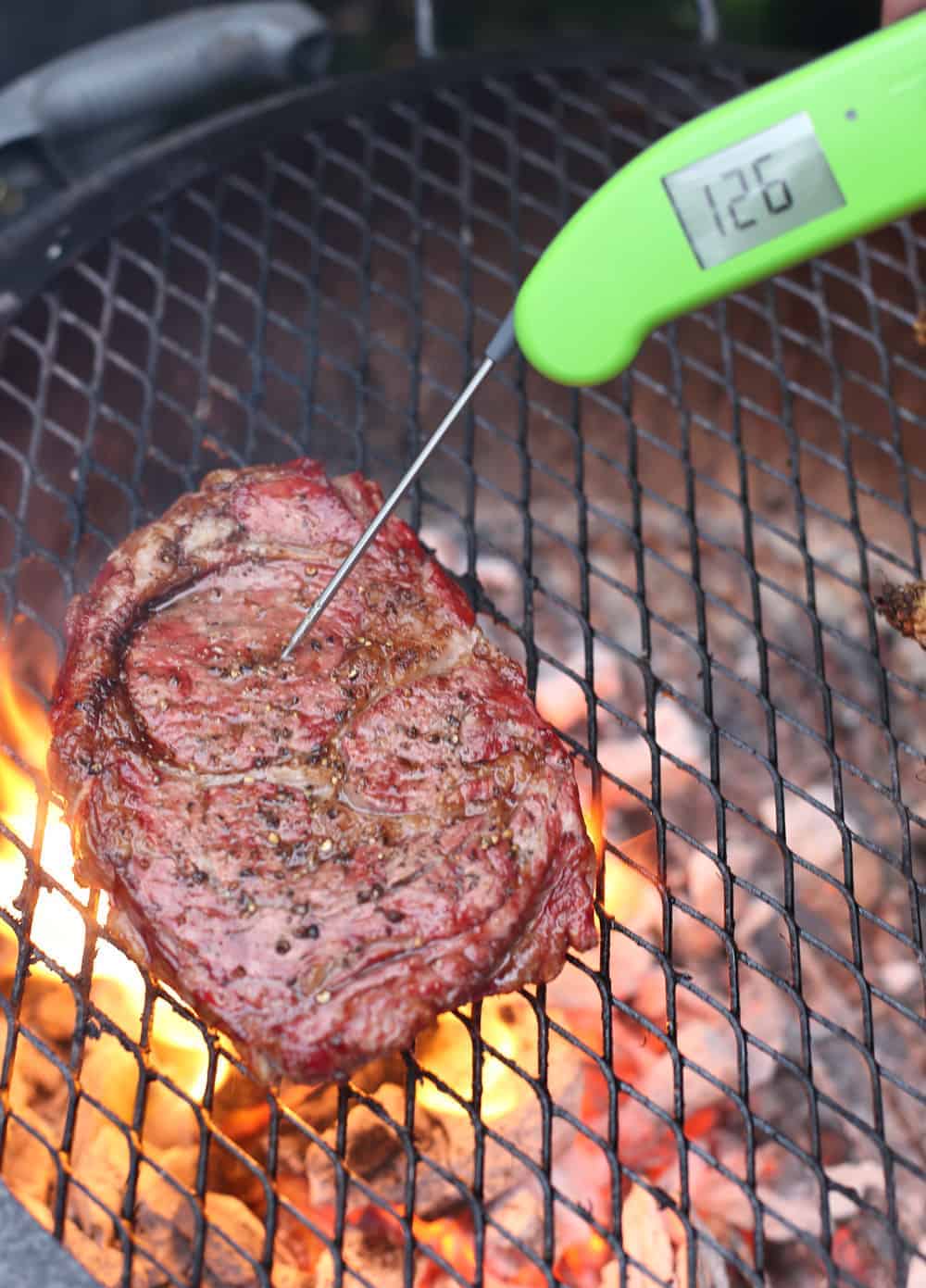
Disadvantages To Reverse Searing
While we will typically default to reverse searing, avoid using this method for thinner or smaller cuts of meat like skirt steak, any steak thinner than a 1-inch, or chicken wings. This also applies to leaner cuts of steak like filet mignon. This is because the likelihood of overcooking is higher.
Reverse searing also takes time. At least an hour for the average cut between smoking and searing. So if you are strapped for time grilling a steak is still the better option.
Our Recommended Temperatures for Cooking a Steak
Always reverse-sear your steak to the proper internal temperature. Remember to remove it from the smoker 10 degrees before your desired finishing temperature, as it will finish cooking as it sears over high heat.
- Rare: 120-130 degrees F
- Medium Rare: 130-140 degrees F
- Medium: 140-150 degrees F
- Medium Well: 150-160 degrees F
- Well Done: 160 degrees F, AND not recommended for a good quality steak
Frequently Asked Questions
There is no reason to flip steaks when reverse searing because of how low the cooking temperature is. But when grilling it over high heat, then yes, you do want to flip it for even cooking on both sides.
If you have the time, reverse searing provides a better flavor and a really tender steak than just simply grilling it over high heat the entire time.
Reverse Seared Recipes
If you like this recipe we’d truly appreciate it if you would give this recipe a star review! And if you share any of your pics on Instagram use the hashtag #vindulge. We LOVE to see it when you cook our recipes.
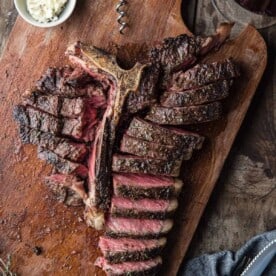
How To Reverse Sear Steaks Recipe
Ingredients
- 4 2-inch thick steaks, (Ribeye and NY Strip work great)
- 2 tablespoons extra virgin olive oil
- ¼ cup steak seasoning
Instructions
- Preheat Smoker: Set the smoker to 225 degrees Fahrenheit using your favorite wood. While the smoker warms up, coat the steaks with olive oil and a generous amount of steak seasoning.
- Smoke Steaks: Place steaks in the smoker for 45 minutes or until the internal temperature reaches 115 – 120 degrees F for a rare steak. Remove the steaks and then increase the temperature to 500 degrees Fahrenheit on your grill or smoker. (Alternatively, you can finish over cast iron on the stovetop if using an offset smoker)
- Sear Steaks: Place steaks over direct heat and grill each side for 3 – 4 minutes or until you get nice char marks. Pull the steaks when the internal temperature of the steaks reaches between 125 and 130 degrees F.
- Rest: Let rest for 10 minutes and then slice against the grains. Serve with your favorite sides.
Video
Notes
- For offset smokers, consider a cast iron pan over medium heat.
- For Big Green Egg or Kamado grills, increase the heat with the ConvEGGTor still in the grill to 450 degrees dome temperature. Grill the steaks along the edge of the grill where the ConvEGGtor has a gap and the heat rises.
- For a kettle grill, simply increase the heat to 500 degrees and grill over direct heat.
- For a pellet grill, increase the temperature to high or grill, and use a cast iron pan or grill grates to amplify the heat.
Nutrition
Nutrition information is automatically calculated, so should only be used as an approximation.
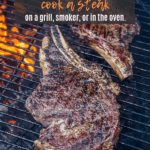
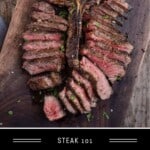
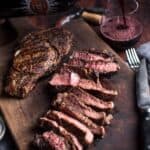


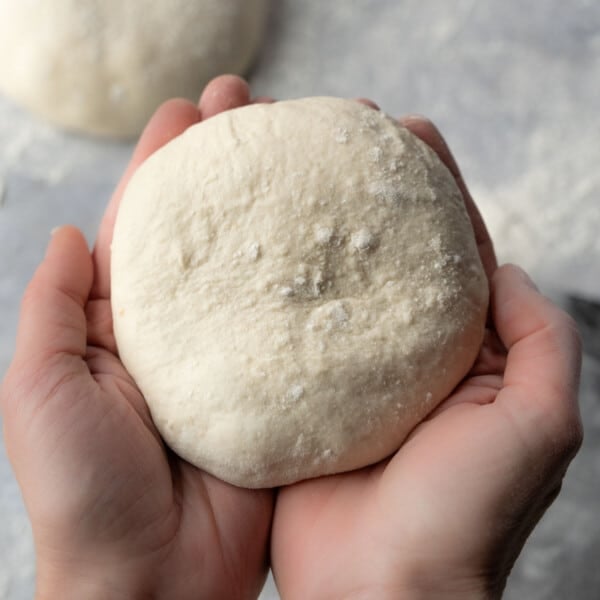
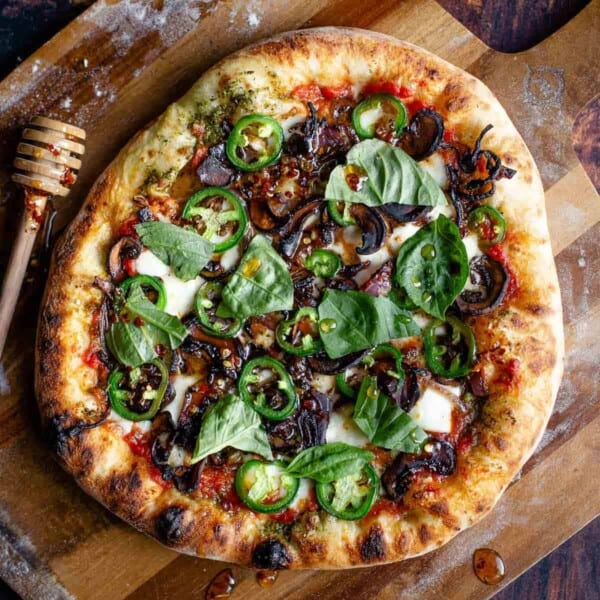
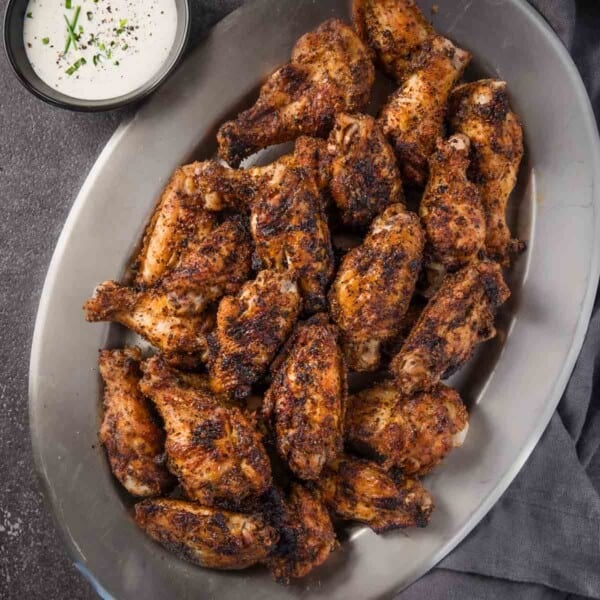
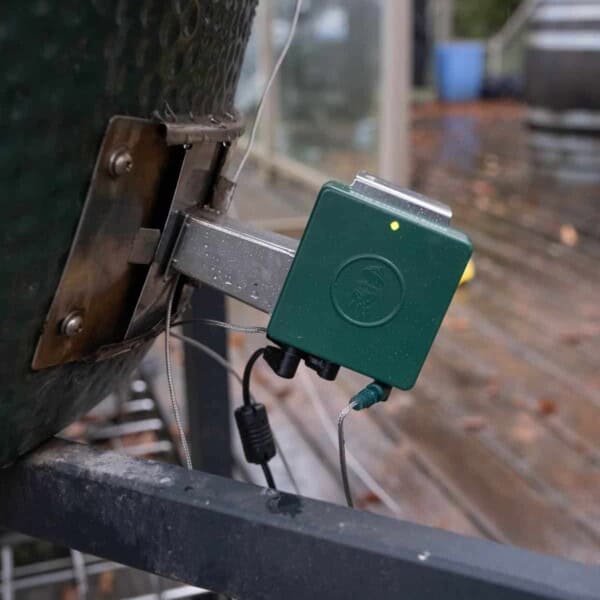

















After discovering this method (thank you!), it’s the only way we cook steaks. At times, guests are initially nay-sayers when they watch but quickly change their mind after the first bite! Today is Christmas Day 2020 and we are prepping our steak dinner using this method. We always use the smoker/grill method and are doing so again today in spite of wind chills below zero!
What wood do you recommend using to smoke the reverse sear ribeye?
Rob, for reverse sear ribeye, we love oak and fruit woods. The biggest reason is that it’s local to us in Oregon. We do find for reverse sear, oak, hickory and mesquite are also great. Fruit and most nut woods will run sweeter. Oak and Mesquite will infuse more pronounced smoke flavor. So it really depends on what flavors you like. In the end we are big fans of local woods that are close to where you live.
Does this method work for flank or hanger steak?
Thanks!
Great question – technically yes. But, we find hanger, flank, and other smaller cuts tend to do better grilled. But you can. The smoke time will be short as you still don’t want to overcook the smaller cuts.
I am drooling terribly over those perfect prepared steaks! Must give this reverse method a try soon.